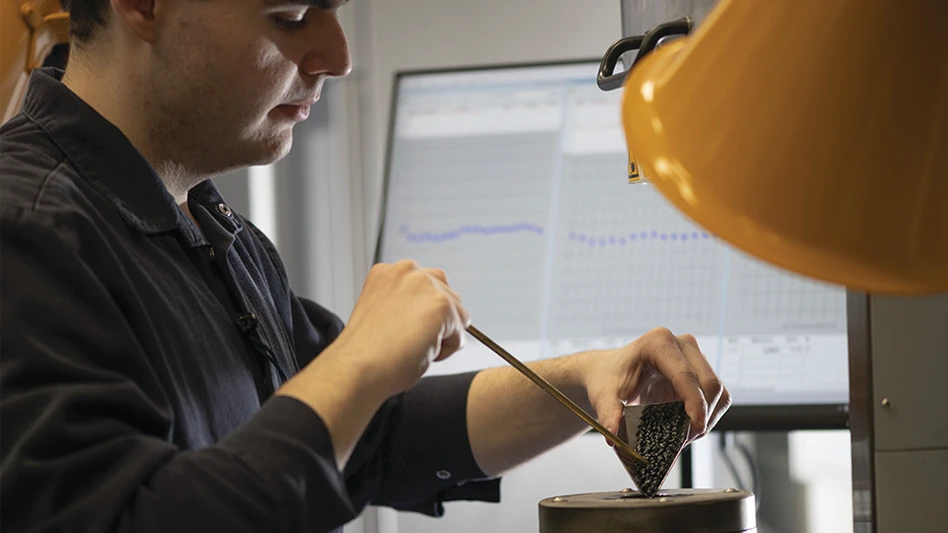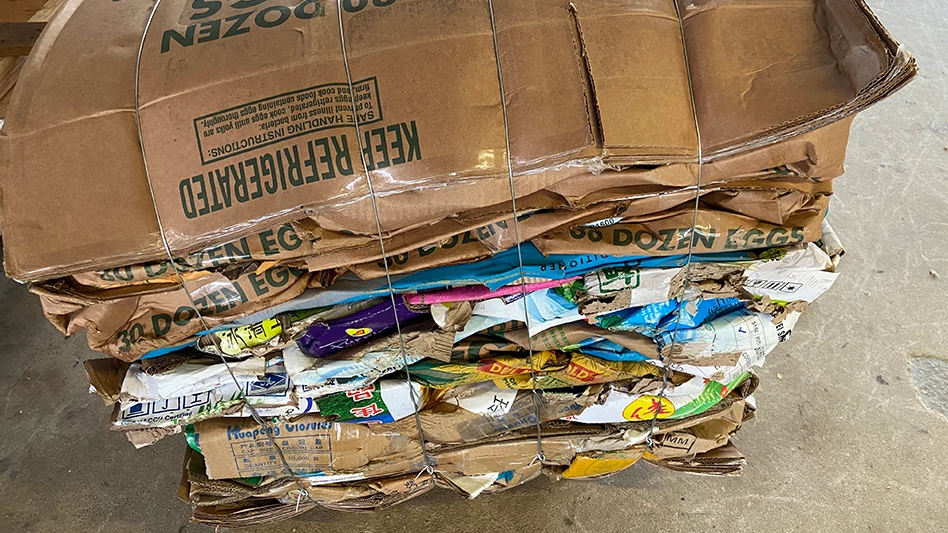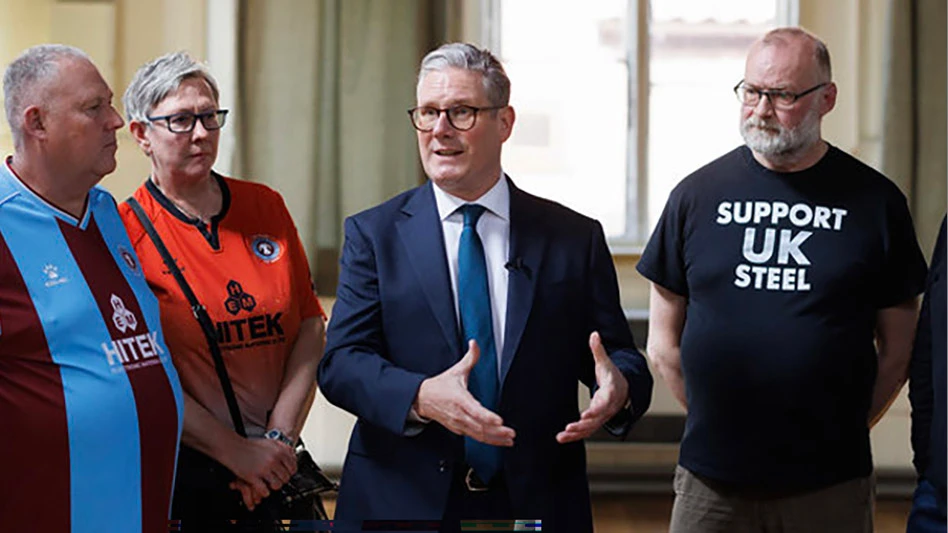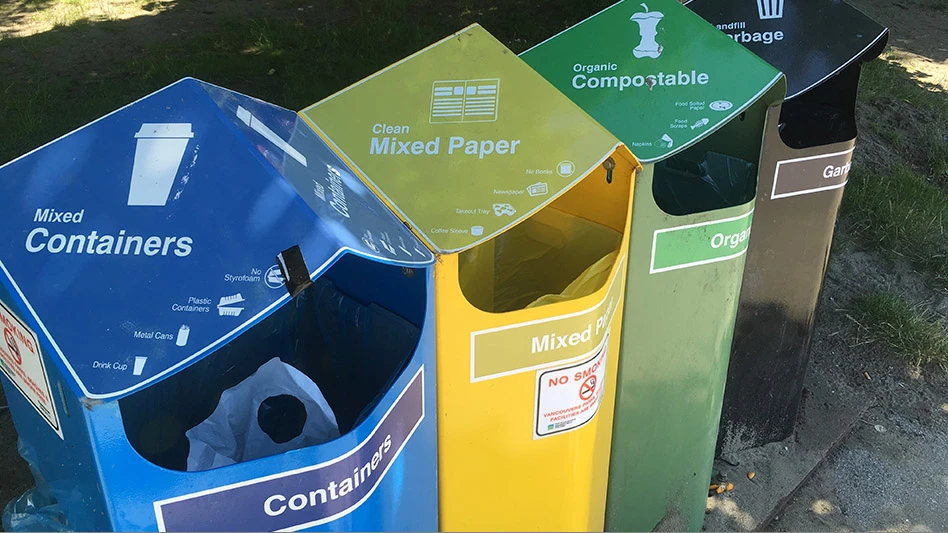
When the virus that causes COVID-19 first hit China, the world’s largest copper producer and consumer, and then the rest of the world, a prolonged slump in copper demand was a potential scenario.
In May 2020, as uncertainty remained in the United States as to when some economic sectors would be able to reopen, Joe Pickard of the Washington-based Institute of Scrap Recycling Industries (ISRI) told attendees of a Spotlight on Copper webinar that New York-based John Dunham & Associates Inc. had calculated the pandemic would lead to decreases of about 9,000 jobs in the nonferrous recycling space and about $2.2 billion in revenue.
One year later, the remarks coming from copper and brass producers indicate the red metals sector has recovered from that low point. Although recyclers continue to have concerns about supply, it is primarily because demand in copper end markets has rebounded significantly.
No place like home
In the U.S., which has business owners who have long prided themselves on adaptability, flexibility and resiliency, work-from-home arrangements became instantly commonplace in the last year. While this shift led to a plunge in demand for gasoline and office attire, it led to a laptop computer and accessories boom and a perhaps unanticipated boost to the home improvements sector.
In its fiscal quarter ending July 31, 2020, Texas-based Dell Technologies reported operating income of $1.1 billion, a 119 percent increase over the same period from the prior year.
The home and office electronics sector is based largely in China and in other nations in Asia, meaning demand for finished copper tied to the work-from-home shift shows up predominantly in the copper production and consumption figures of those nations.
For recyclers, the export markets remained a viable option provided: a) they could get red metal scrap across their scales; and b) they could fit a shipment within the import quota system maintained in China until November 2020.
U.S. Department of Commerce figures show the 94,900 metric tons of copper-bearing scrap shipped to China in the first nine months of 2020 exceeded by 17.3 percent the 80,890 metric tons sent in the first nine months of 2019. Thus, despite a shortage of scrap in the U.S. and the Chinese government’s stated desire to import less, the booming red metals sector in that nation still soaked up 14,000 metric tons more material during the initial U.S. work-from-home COVID era.
Red metal scrap that stays in the U.S. can tie into home renovation as well in the form of new appliances with copper tubing, new wiring or new brass plumbing or fixtures.
Tennessee-based Mueller Industries, which includes brass and copper production facilities in its portfolio, reported a 24.3 percent jump in sales from $543.8 million in 2019 to $675.9 million in 2020. The company says the increased value of copper was a major contributor.
As more Americans have sought to upgrade their current living quarters or seek new ones, the upward price pressure on the real estate and home construction markets has been measurable, and so, too, has the cost of basic homebuilding materials.
In a May news release, the Arlington, Virginia-based Associated General Contractors of America (AGC) included red metals in its list of increasingly expensive items. Although lumber and steel products have risen the most in price in the past 12 months, AGC says its index for copper and brass mill shapes rose 49 percent between April 2020 and April 2021.
A jolt with some staying power
Metal recyclers and producers have a great deal riding on how Americans choose to ride from point A to point B, as the amount of metal that goes into an internal combustion engine (ICE) vehicle and an electric vehicle (EV) can be substantially different.
Car buyers in the U.S. are gravitating more slowly to EVs compared with those in Europe or China, but EV sales did rise in 2020. Americans in 2021 and beyond are destined to have more EVs to choose from beyond those available from market pioneer Tesla.
According to the International Energy Agency, Paris, 18 of the world’s 20 largest automakers have announced plans to further increase the number of available models and boost production of electric light-duty vehicles in 2021.
Among the copper producers in the U.S. who can benefit from the trend is Carrollton, Georgia-based Southwire LLC. The company refers to itself as “a leader in the development of innovative wire and cable products supporting the automotive market” and says it intends to continue that connection in the EV era.
In a message to the auto sector, Southwire says its mission is to be a “partner in the development and design of automotive cables, including EV charging and infrastructure solutions for cars, trucks, buses, aircraft or yachts.”
The company says it has been “an innovative leader” in the EV market, “and was the first-ever UL-listed manufacturer of charging cables published in the National Electric Code” and provides “AC and DC charging cables (including liquid-cooled), EV specialty assemblies and infrastructure power cables for every phase of an installation—from the grid to charging dispenser.”
To what extent EVs gain market share in the U.S. and globally will have a direct impact on copper demand and likely has helped fuel bullish sentiment on copper pricing in mid-2021.
According to a study released this year by the University of Birmingham in the United Kingdom, an average ICE vehicle consists of just 1 percent “electrical parts” by weight, and another 8 percent nonferrous metals that include aluminum and nickel along with copper. The average EV, however, is calculated as being 12 percent electrical parts by weight, along with 5 percent “electric motor and inverter” and another 23 percent more generally characterized as nonferrous metal.
Based on the millions of vehicles sold and recycled in the United States each year, the potential effect on copper demand is considerable. However, behind an EV itself are charging cables and potential home stations needed by each motorist that also are likely to be heavily reliant on copper wire.
Keeping it green
Advocates of reducing greenhouse gas emissions support EVs and working from home as emissions-saving steps. So, too, is recycling, and copper and brass producers are eager to mention that.
In May, Germany-based Wieland Group declared its plans involve “minimizing the need for virgin metals [and] continuously invest[ing] in recycling technology.” The firm owns several red metals production firms in the United States, including those of the former Olin Brass and Chase Brass.
“Wieland is committed to ‘net zero’ by 2045 at the latest,” states its board Chair Erwin Mayr. “Copper can be recycled indefinitely, and we have already achieved secondary rates—i.e., the use of scrap—of over 90 percent for selected products. The environment benefits from such a high secondary ratio by minimizing the need for virgin metals. Therefore, we continuously invest in recycling technology.”
Aurubis AG is another secondary red metals producer based in Germany, and it has a U.S. presence with a copper recycling and production plant in Buffalo, New York. In reporting its profitable early 2021 results, the company also touted its green credentials.
Roland Harings, Aurubis CEO, in early May of this year referred to a “good market environment for companies of the circular economy: Our metals and products are benefiting from growing demand from all sectors of the economy.”
Aurubis states, “For copper scrap, the company expects a very good supply with a continued high level of refining charges. Due to the expectation that high metal prices will continue, Aurubis anticipates a positive effect on its metal result.”
The combined effects of increased household consumer and EV spending (along with infrastructure spending) has the commodities market convinced of copper’s strength.
In June 2020, as the U.S. and Europe continued to struggle with COVID-19 and related restrictions, copper was trading at about $2.60 per pound on the London Metal Exchange (LME). At the LME market’s close May 14, the cash buyer price for a metric ton of copper was $10,212 or $4.63 per pound—a 78 percent leap in value almost a year later.
Considering corporate sustainability and circular economy trends and the accompanying preference for recycling, the challenge for nonferrous scrap dealers in the near-term future will lie in securing adequate supply to feed furnaces around the world that are hungry for copper and brass scrap.

Explore the June 2021 Issue
Check out more from this issue and find your next story to read.
Latest from Recycling Today
- Acerinox names new North American Stainless CEO
- Greenwave closes 2024 books with red ink
- Steel Dynamics nets $217M on record shipments
- Massive Chinese steelmaking rebound recorded in March
- LME looks into sustainable metal pricing
- OnePlanet Solar Recycling closes $7M seed financing round
- AMCS launches AMCS Platform Spring 2025 update
- Cyclic Materials to build rare earth recycling facility in Mesa, Arizona





